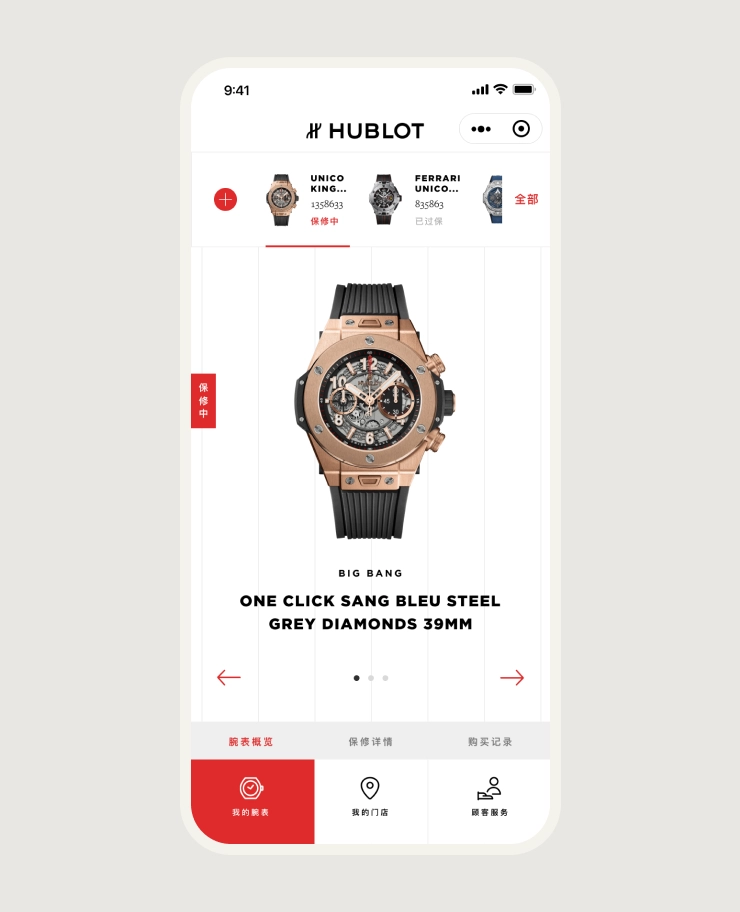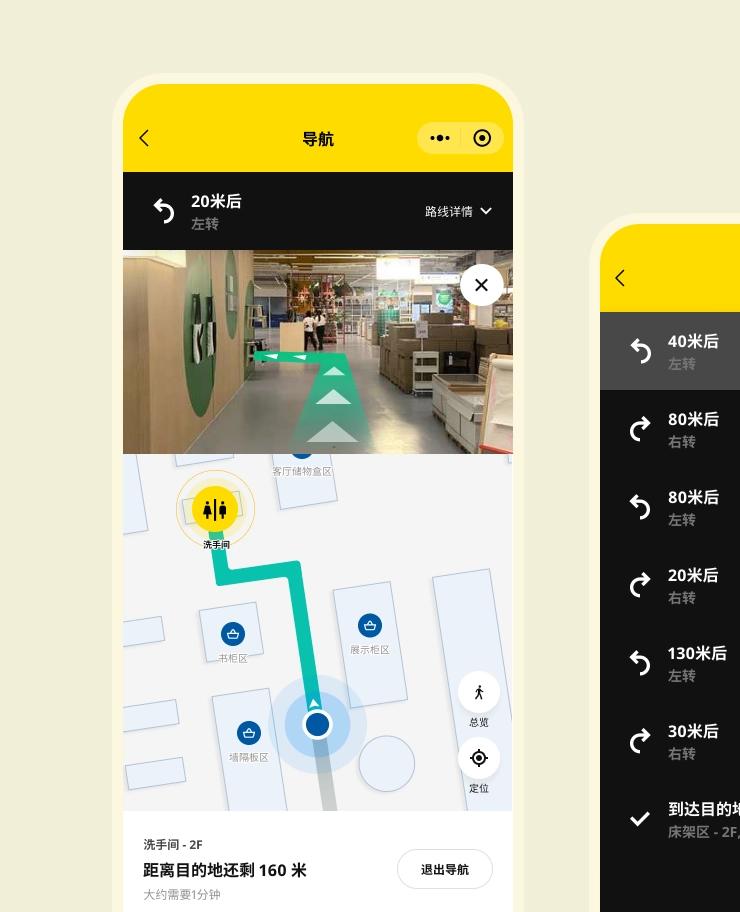Bridging the Cultural UX Divide: Why China's Approach Matters
December 18th, 2025 · Written by Zippora Lau

As WeChat's meteoric rise proves, the era of the super app has arrived in China, enabling services from messaging to payments to travel booking all under one digital roof. But in the West, consumers have become accustomed to specialized apps that focus on perfecting one essential function rather than bundling endless features.
This divergence between China's supercharged all-in-one apps and the West's unbundled minimalist approach has created a gap in user experience design sensibilities between the two markets. While Western firms are starting to augment their apps to expand functionality, they must balance convenience with the risk of overload.
Technology companies must craft tailored user experiences that blend purpose with focus to successfully bridge East and West. Understanding these nuanced UX differences is critical in an increasingly globalized digital world.
Embracing the Chinese User Perspective
China's rapidly growing middle class and powerful digital ecosystem represents the holy grail for many global consumer brands - a market of nearly 1.4 billion consumers eager to engage with the world. However, scoring big in China takes much more than translating Western products and marketing approaches.
Over decades of separate internet evolution, Chinese preferences around user experience design have diverged into a distinct aesthetic and functional philosophy. For international companies, thriving in this high-context market means completely rethinking notions of visual appeal, engagement, and local relevance.
While the promise of reaching hundreds of millions of Chinese customers is alluring, realizing success requires a nuanced understanding of UX principles fundamentally different from the West. Companies must build this knowledge into their product DNA. Fully embracing the Chinese user perspective can turn massive potential into reality.
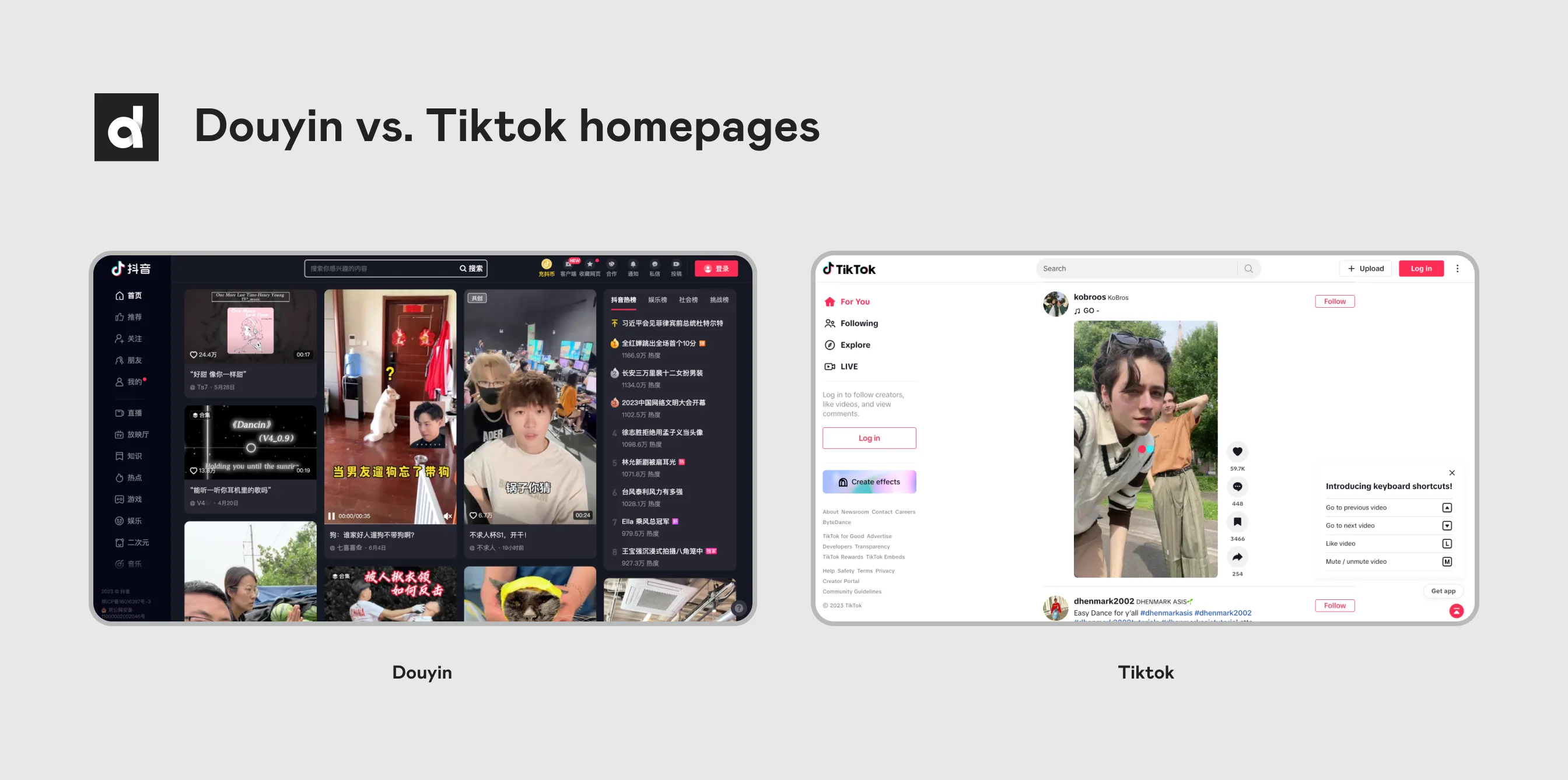
How China's App Ecosystem Diverged
While apps universally serve as portals to digital content and services, the evolution of mobile applications in China took a unique pathway that diverged from Western norms.
The separate growth of the Chinese internet shaped different philosophies around mobile user experience design. As China rapidly adopted smartphones, a distinctly app-centric internet emerged. Powerful platforms arose to meet this mobile-first market, which bundled services into a single “super app” experience.
This stood in contrast to Western markets dominated by Apple and Android ecosystems which fragmented functionality into specialized niche apps. Understanding this divergence explains why Chinese and Western app design sensibilities differ significantly.
We are not looking at language and cultural differences as factors in this article section and will address them separately.
Let’s take a look at some prominent factors that contributed to the divergence in app ecosystems and user experience design between China and the West:
Independent Internet Evolution
During its formative years, China's internet landscape developed independently, isolated from Western platforms, due to government policies and the establishment of the Great Firewall of China. Implementing internet censorship and controls led to a distinct digital ecosystem within the country.
As a result, domestic tech giants and their unique philosophies thrived, catering to the specific needs and preferences of the local market. This separation from Western platforms allowed Chinese companies to adapt swiftly, create innovative solutions, and design user experiences tailored to the cultural and regulatory environment.
The unique digital ecosystem fostered a vibrant and competitive tech industry within China, with companies like Tencent, Alibaba, and Baidu gaining prominence and shaping the evolution of the country's app ecosystem and user experience landscape.
Mobile Leapfrogging
In China, many users bypassed the adoption of traditional personal computers and swiftly embraced mobile technology, fostering a mobile-first mindset. This leapfrogging phenomenon can be attributed to smartphones' affordability and widespread availability nationwide.
The combination of lower-priced devices, affordable data plans, and the rise of domestic smartphone manufacturers created an environment conducive to rapid mobile adoption. As a result, Chinese users developed strong preferences for mobile-centric experiences, driving the demand for apps and services optimized for smaller screens, touch interactions, and on-the-go convenience.
This mobile-first mindset has shaped user expectations, pushing companies to prioritize mobile UX design and create seamless, user-friendly experiences tailored for mobile devices.
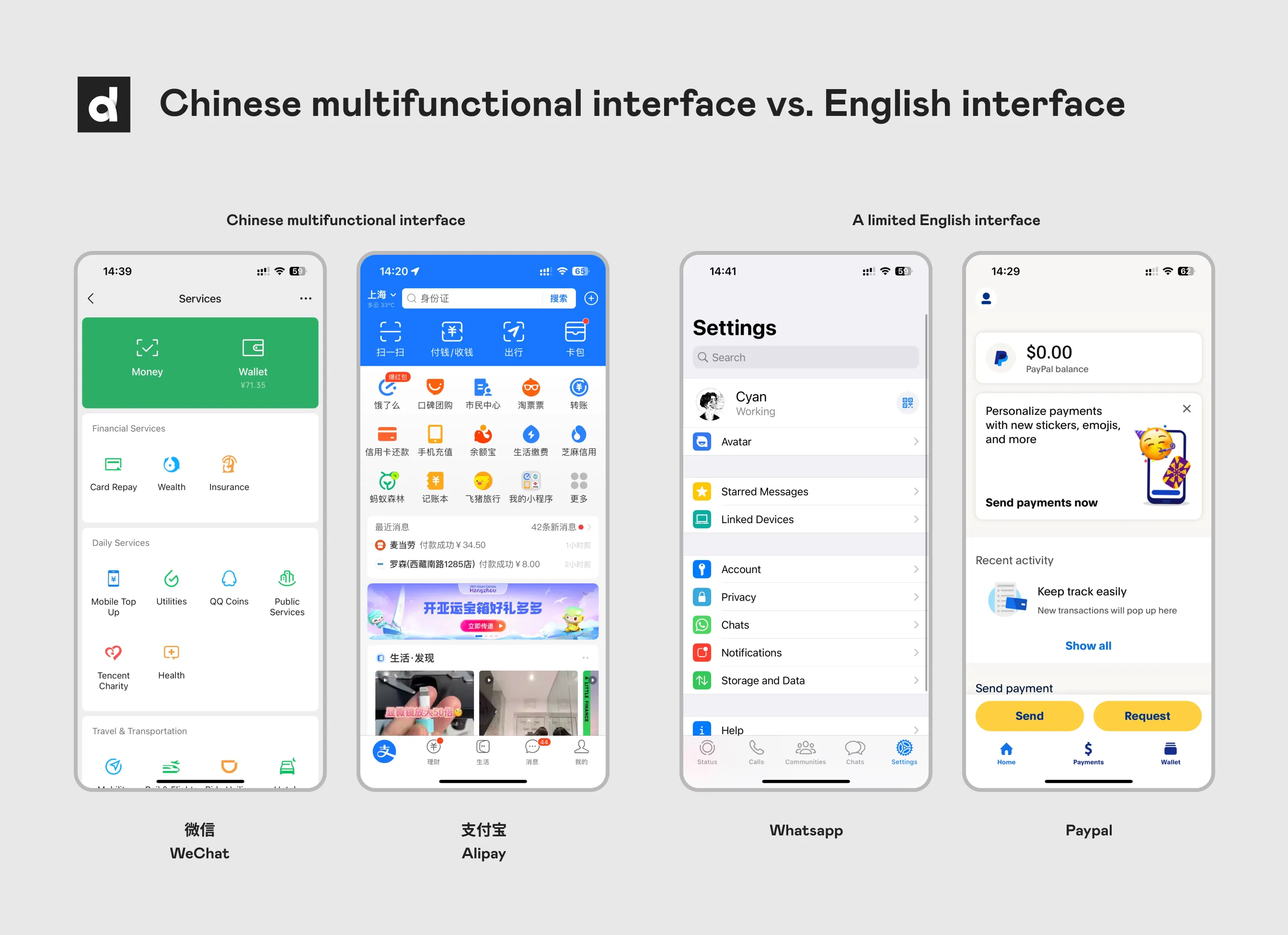
Shifting User Demographics
The rapid uptake of mobile apps in China can be attributed to the younger generation of tech-savvy, mobile-native users at the forefront of adoption. This digitally fluent demographic, driven by their enthusiasm for new technologies and immersive mobile experiences, has significantly influenced the design and features of apps catering to their preferences.
With a strong inclination towards social interactions, entertainment, and convenience, these users have shaped the demand for apps that foster seamless communication, social sharing, and engaging content consumption.
Their preferences have fueled the development of apps that prioritize interactive features, live streaming, gaming, and integration with social media platforms. As this tech-savvy demographic expands, companies must continually adapt their UX strategies to align with their evolving expectations, ensuring that apps remain relevant, engaging, and appealing to the mobile-native generation in China.
Diverse App Store Landscape
In China, the official Android and iOS app store entry occurred relatively later than in other markets. This delay allowed local players, most notably Tencent and their app store platforms, to establish a strong foothold and gain dominance in the Chinese app market.
Consequently, Chinese users enjoy a broader range of app stores and distribution channels beyond the official Google Play Store and Apple App Store. This unique ecosystem of alternative app stores, including platforms like Tencent MyApp, Huawei AppGallery, and Xiaomi App Store, has flourished, offering users a diverse selection of apps and fostering competition among distribution platforms.
The availability of multiple app stores has encouraged developers to explore various channels for app distribution. It has allowed Chinese users more flexibility and choice when discovering and accessing mobile applications.
Addressing Hardware Fragmentation
In China, the Android operating system has experienced significant fragmentation due to the presence of numerous device manufacturers and customized ROMs. This diversity in hardware choices has created a demand for consistency and seamless user experiences.
Super apps, such as the widely popular WeChat, have gained immense popularity by addressing this challenge. Super apps offer a unified platform that provides consistent user experiences across various devices, regardless of the specific hardware or operating system version.
By offering comprehensive services within a single app, super apps overcome the potential disparities caused by hardware fragmentation. This cohesive approach allows users to access various functionalities seamlessly, including messaging, social networking, payments, e-commerce, and more, regardless of their device brand or model.
The success of super apps highlights the significance of providing consistent experiences to users amidst the hardware diversity prevalent in the Chinese market.
Influential Platform Incentives
Platform revenue models and incentives have played a pivotal role in shaping app design, monetization strategies, and integration within China's app ecosystem. Android and iOS platforms primarily generate revenue through app sales and in-app purchases, driving developers to focus on creating compelling paid apps or implementing in-app monetization features.
On the other hand, super apps, such as WeChat, have thrived by offering integrated services that extend beyond traditional app revenue streams. WeChat's diverse range of features, including payments, mini-programs, social networking, and e-commerce have positioned it as a multifunctional platform that provides value and convenience to users.
WeChat's revenue primarily stems from facilitating transactions, service fees for mini-program developers, and advertising. These contrasting revenue models and incentives influence how apps are designed, monetized, and integrated within each platform.
While traditional apps strive to generate revenue through direct user transactions, super apps like WeChat leverage integrated services and ecosystem partnerships to create a more comprehensive and engaging user experience, understanding and aligning with these platform incentives is crucial for developers and businesses seeking success within China's app ecosystem.
The Picture Behind the Words: How Language Shapes China's UX
The uniqueness of the Chinese language significantly impacts UX design and user preferences. Unlike alphabetical languages, Chinese is logogrammatic, utilizing complex characters with numerous strokes.
The logographic nature of Chinese script shapes how users interact with apps and websites. Unlike alphabetic languages, Chinese hanzi characters visually pack more meaning into less space through intricate strokes and radicals. This enables denser interfaces with extensive information to feel scannable rather than cluttered to Chinese users.
Additionally, having input via mobile devices rely on stroke typing or Pinyin typing methods means search is not always efficient. Hence, Chinese UX design often makes key actions and options visible through menus rather than requiring a search. The emphasis is on browsing and quickly recognizing patterns.
However, for Western users unaccustomed to this format, it may initially appear chaotic and overcrowded. The limited hierarchy within the language also influences overcrowding, as Chinese characters lack capitalization, spacing, and italics and have limited font variations.
Understanding the visual and functional impacts of the Chinese language system explains why busy interfaces thrive in that market. But global companies must balance information-rich layouts with legibility, using minimum 12pt font sizes and clean organization.
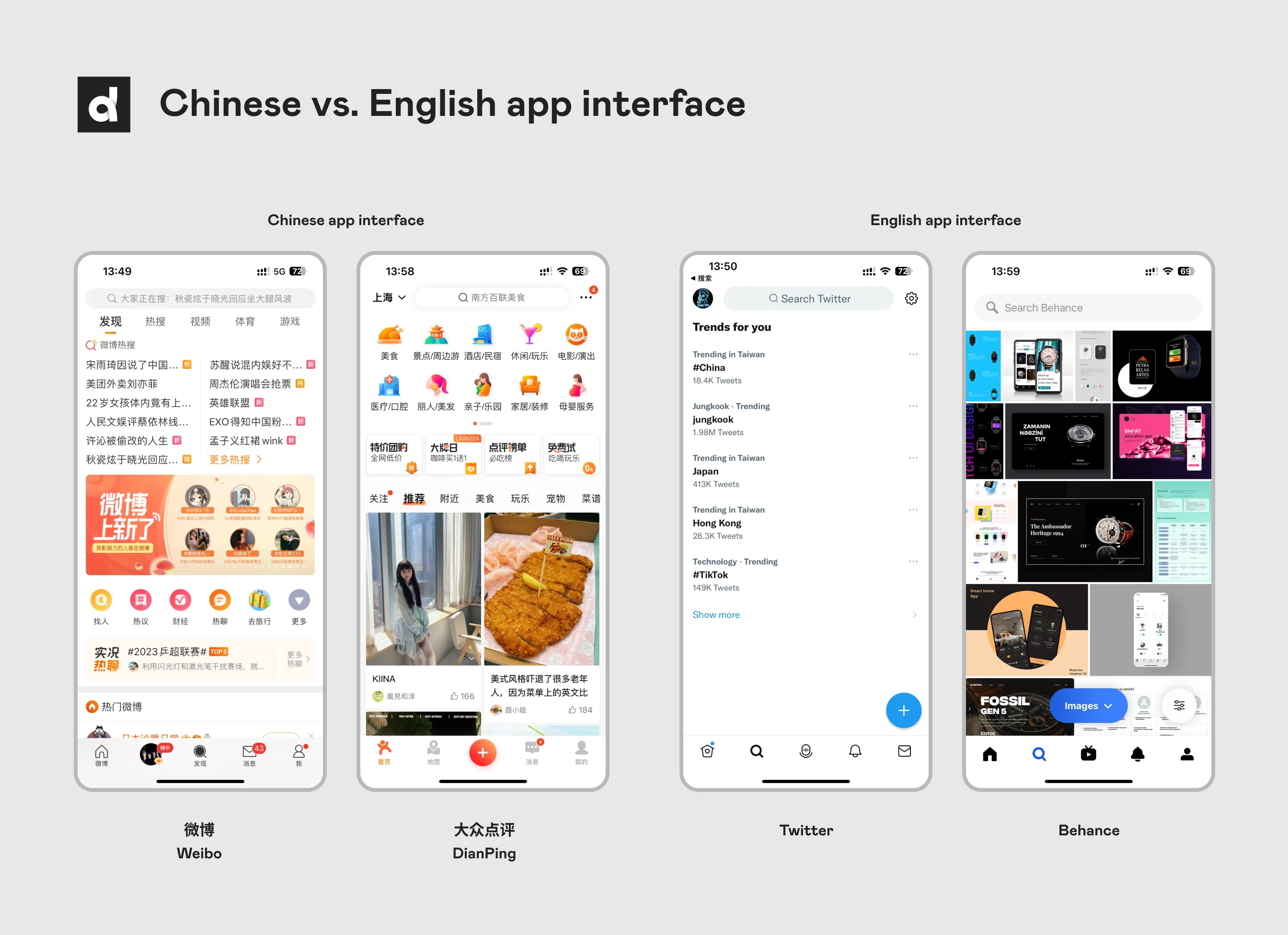
Chinese High-Context Culture's Role in UX Preferences
Chinese culture's high-context nature significantly impacts UX design and user preferences. In high-context cultures like China, understanding the broader context is crucial to fully comprehending the meaning behind communicated messages.
A high-context communication style, relying heavily on contextual cues, impacts user experience design aesthetics. Unlike the directness of low-context Western languages, Chinese interfaces leverage more symbolic visuals, homophones, color numerology, and cultural motifs to convey meaning implicitly to local users.
Websites and apps in China and Asia may appear content-heavy and crowded to Westerners. However, locally this higher information density is seen as an efficient use of screen real estate, catering to the cultural preference for more detailed and comprehensive information.
Ultimately, China's unique linguistic and cultural context fundamentally shapes user experience aesthetics and functionality in that market. Understanding these core differences for global companies allows better alignment with Chinese preferences through symbolic visuals, layered contextual meaning, and density balanced with organization.
While universals exist in good design, succeeding in China requires recognizing how written and unwritten cultural codes affect UX. Respecting these nuances demonstrates a brand commitment to proper localization.
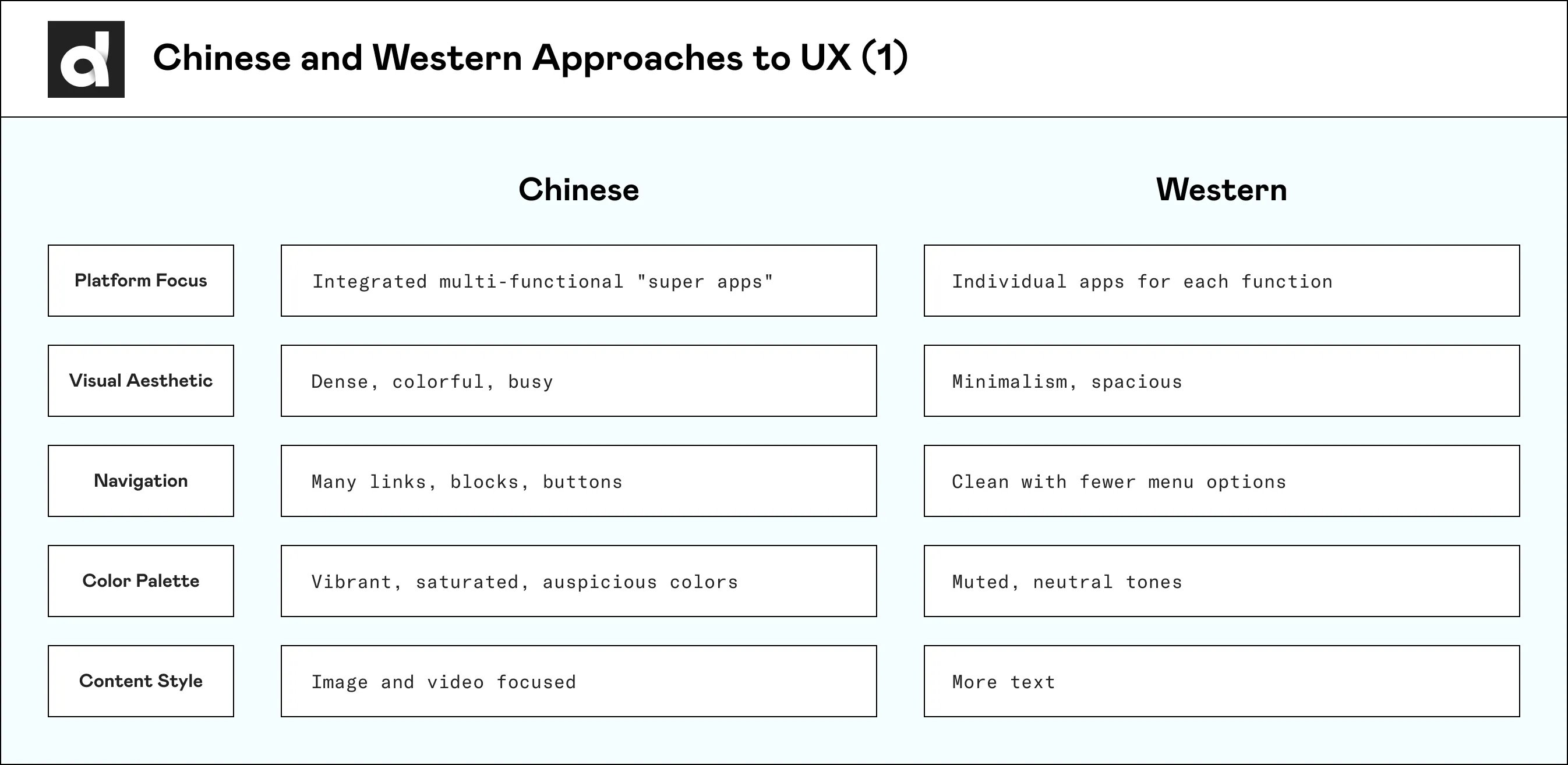
Less is More vs. More is More: Contrasting UX Design Philosophies
After looking at the critical factor shaping UX unique to China, it is obvious how two contrasting philosophies have emerged that reflect the cultural nuances and preferences of their respective regions.
In the West, the minimalist approach of "less is more" has gained prominence, emphasizing simplicity, clean aesthetics, and minimalistic design elements. Meanwhile, China has embraced the concept of "more is more," favoring vibrant visuals, rich content, and abundant features.
Western UX design closely follows the “less is more” minimalist philosophy, especially in North America and Europe. Interfaces are clean and streamlined, eliminating any visual elements that are not essential. Negative space and plenty of white padding reduce noise. Simplicity and ease of use are paramount. This restraint aligns with cultural values of practicality and order.
In China, UX design embodies the maximalist aesthetic of “more is more", packed with dense information architecture and vivid graphics. Busy pages with saturated color schemes, overlays, scrolling banners, and multiple CTAs are the norm. This resonates with Chinese users who equate visual richness with engagement. Details and interconnections matter.
These differences extend beyond looks into functionality. Chinese UX integrates more social sharing options, multimedia inputs, contextual content, and services. The goal is an immersive, stimulating experience. Striking a balance between functionality and visuals becomes essential to meet user expectations.
As user experience design advances, several emerging trends are becoming a priority for both Eastern and Western companies: crafting omnichannel experiences, utilizing advancements in AI, and integrating smarter chatbots.
Today, consumers expect brands to deliver seamless user experiences across all devices and platforms, from mobile apps to voice assistants. Research shows over half of customers interact with companies across three to five digital touchpoints. This requires UX designers to obsess over consistency, convenience, and responsiveness across the web, mobile, wearables, and beyond.
Additionally, advancements in artificial intelligence are reshaping user expectations for chatbots on websites and apps. People want natural conversational experiences, not just robotic and limited functions. The future points to more anthropomorphic chatbots integrated into digital platforms, with machine learning continuously improving their capabilities to have human-like exchanges.
These omnichannel and AI trends hold true universally, though the specific execution may differ between minimalist Western design and maximalist Chinese aesthetics. But no matter one's philosophy, the imperative remains to deliver user experiences that are seamless, intuitive, and frictionless. In a fragmented world, UX design stitches connections into lasting relationships.
Designing for Global Audiences: Crafting Globally Appealing Yet Locally Optimized UX
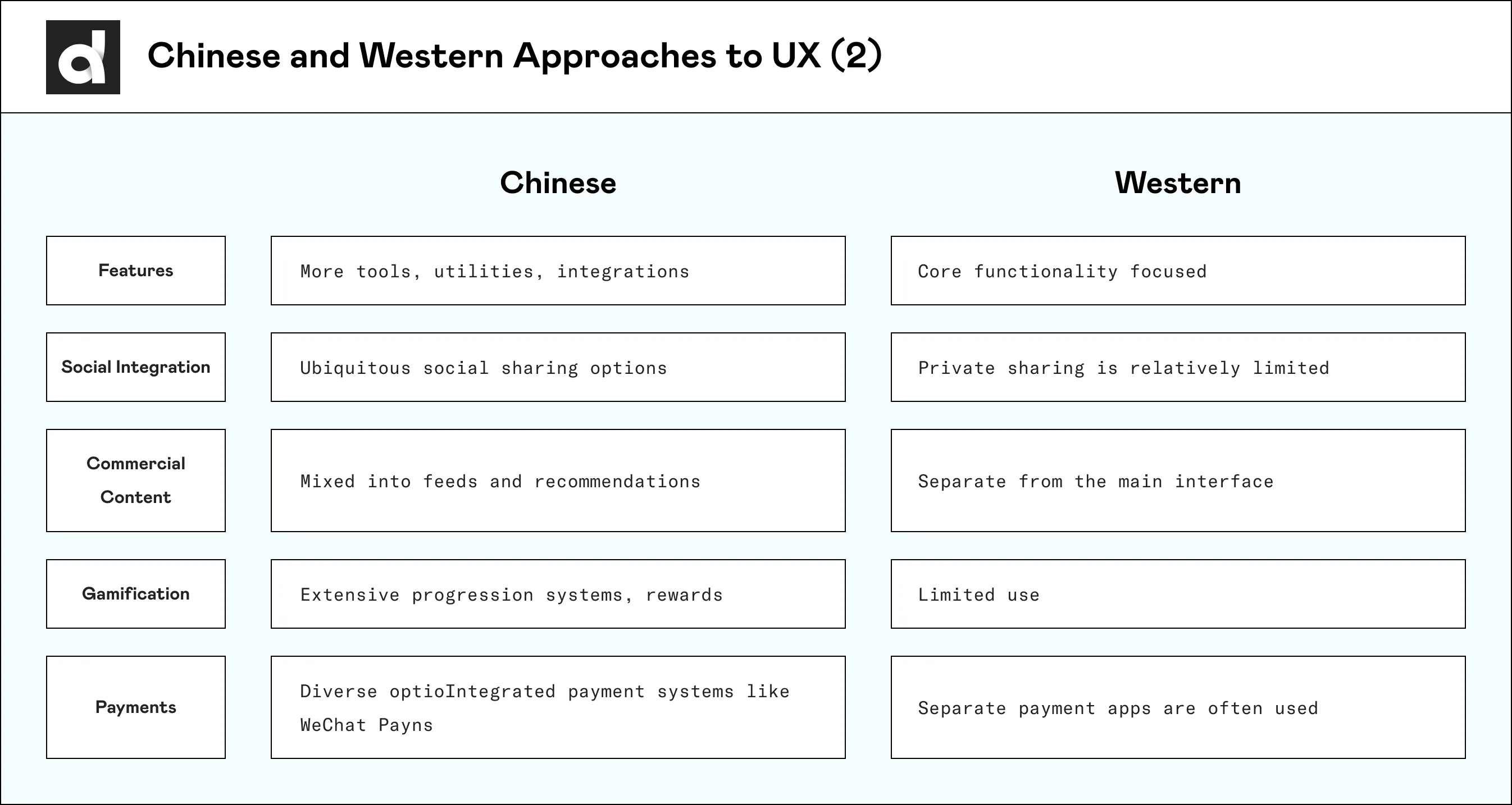
As UX design becomes increasingly crucial for brands seeking to engage consumers worldwide, adapting visual aesthetics for different markets is a significant challenge. What delights one demographic may alienate another. How can companies create consistency while still celebrating diversity?
Quantifying Tastes Through Testing
Rather than making assumptions, brands should rely on data to guide localization. Hiring an experienced, reputable UX agency can greatly benefit companies entering new markets.
A top UX agency relies on a robust toolkit of research and testing methods to deeply understand user needs and preferences in overseas markets. By leveraging solutions like remote moderated testing, eye-tracking, clickstream analysis, surveys, focus groups, and in-field observations, agencies can capture both qualitative feedback and quantitative data around how local users engage with digital interfaces and content.
These insights allow brands to iterate and validate localized UX approaches to drive engagement and conversion in each market. Agencies' arsenal of research solutions, knowledge of impactful testing techniques, and analytical expertise in translating findings into actionable design direction enable brands to launch experiences that resonate meaningfully with audiences and influencers in the new target geography right from the start.
For example, adjusting the prominence of search bars or menus provides quantifiable insights into preferred workflows in every culture. Testing is invaluable for segmenting audiences and fine-tuning approaches.
Blending Global and Local
Armed with research, companies can smartly blend consistent branding with localized charm. Maintaining core visual identity across regions builds connection, while customizable themes, color palettes, and content channels make audiences feel catered to.
IKEA strikes this balance beautifully, pairing signature minimalist styling globally with location-based decor and offers. Users enjoy both familiarity and relevance. Localized personalization demonstrates respect and drives conversions.
Beyond appearances, the visual design must enable essential user tasks. Chinese interfaces can handle denser features due to the ease of visual scanning. Western minimalism focuses on simplifying workflows. Form follows function.
Getting to cultural insights allows for crafting experiences optimized for usability and satisfaction. Design choices should never be arbitrary.
The world is beautifully diverse. UX design can judiciously balance global brand consistency with thoughtful localization. Testament to tech’s growing influence, digital interfaces now represent connections across cultures.
It’s all in detail.
For China-Ready User Experiences, Trust Local Experts
As China's digital landscape continues evolving at a breakneck pace, global brands need knowledgeable partners to craft locally-optimized experiences. This is where we can help. With over a decade of expertise in Chinese user insights and UX best practices, Digital Creative's strategists, designers, and engineers breathe life into web and mobile platforms tuned for local engagement.
Our passion for digital excellence shines through in work grounded in research and validated through rigorous testing. Global brands trust our approach to overcome complexity and make meaningful connections with their audiences.
Learn how Digital Creative can help cement your success in China by creating user experiences that convert and compel. Contact us today.
Have a project in mind?
Join our newsletter!
Get valuable insights on the latest digital trends, strategies, and developments in China and globally delivered straight to your inbox.
